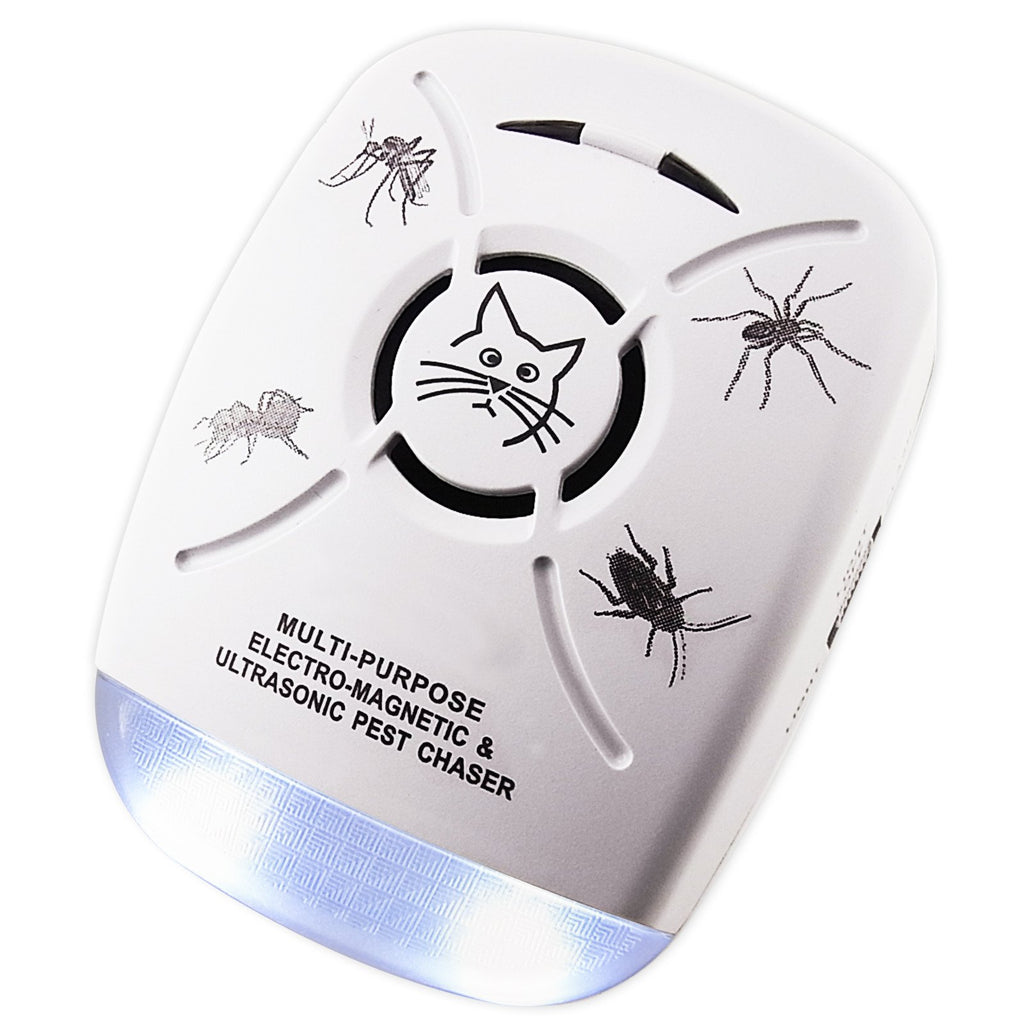The Pestwise PDFs
The Pestwise PDFs
Blog Article
The smart Trick of Pestwise That Nobody is Discussing
Table of ContentsWhat Does Pestwise Do?How Pestwise can Save You Time, Stress, and Money.The Main Principles Of Pestwise More About PestwiseRumored Buzz on PestwisePestwise for BeginnersRumored Buzz on Pestwise

Q. Define "incorporated parasite management" (IPM) and checklist a number of possible control strategies that may be utilized in an IPM strategy. A. Integrated insect administration is the integrating of appropriate bug control strategies right into a single plan to decrease parasites and their damage to an acceptable level. Parasite control strategies might include: host resistance, organic control, cultural control, mechanical control, sanitation, and chemical (chemical) control.
What Does Pestwise Mean?
What can you do to keep the bugs you are attempting to regulate from coming to be resistant to the pesticides you utilize? A. Parasite resistance can be reduced by using integrated parasite monitoring and rotating the kinds of pesticides used.
Bugs are an important risk to the farming organization, and incorporated pest management helps cultivators address and minimize these risks. Integrated pest management makes use of numerous methods in complicated, therefore being a much more efficient solution to the issue. Exterminator. Particularly, getting rid of aggressive chemical methods permits minimizing harm to individuals and the atmosphere by utilizing natural and more secure alternatives rather
Pestwise - An Overview
The goal of incorporated bug management is to minimize this damage and control acceptable problem levels as opposed to get rid of all undesirable populations. This is why it is very important to recognize what steps are justified in each instance and use hostile ones only when other incorporated administration techniques do not work. Integrated monitoring reduces the negative effects of a non-IPM method, and the major benefits of IPM Conveniences of IPM.
A right understanding of the infestation extent figures out if the problem must be addressed. are the following parts of an IPM program since it is necessary to recognize if the microorganisms make possible dangers and decide on the integrated monitoring options or the certain chemical use. mean to lower infestations by using various agronomic techniques.
The Buzz on Pestwise
Integrated monitoring alternatives in an IPM program begin with much safer to a lot more hostile ones. The prior incorporated administration aspects help comprehend exactly how to plan and implement an IPM program action by action: Display your plants on a regular basis.

Amongst others, IPM cultural methods include the following field monitoring techniques: dirt therapy; selection of appropriate plants; plant turning; interplanting or strip chopping; choice of planting days; weed control; usage of trap plants. Beneficial dirt problems speed up plant growth, and vigorous crops are extra resistant to problems. Healthy and balanced seedlings and seeds determine effective plant development, so it is crucial to pick pest-free growing material with strong roots.
, which is also used in the integrated parasite administration system. Alternatively, infestations boost when plants of the same crop type or family grow together.
, as well as tomatoes. Growing catch plants in patches is one more choice for IPM intercropping. This integrated pest monitoring method recommends drawing in pests to certain plants and after that controlling them with chemical or mechanical strategies.
Our Pestwise Ideas
Barriers are typical instances of physical IPM approaches. Fully grown pests or their eggs and larvae are collected by hand and damaged.

Division of Plant Sciences. This integrated monitoring approach indicates a common way of destroying insects by predators, parasitoids, microorganisms, and other organic control representatives (also known as hostile microorganisms). The function of biological control in IPM is to.
The Greatest Guide To Pestwise
With time, their populace became a genuine problem to farmers together with native kangaroos or dingoes. The cane toad is another instance showing integrated biological control failing hereof when it declined to hunt the target species and ended up being a bug itself. Parasitoids develop on or within their hosts to eventually eliminate them after developing.
Report this page